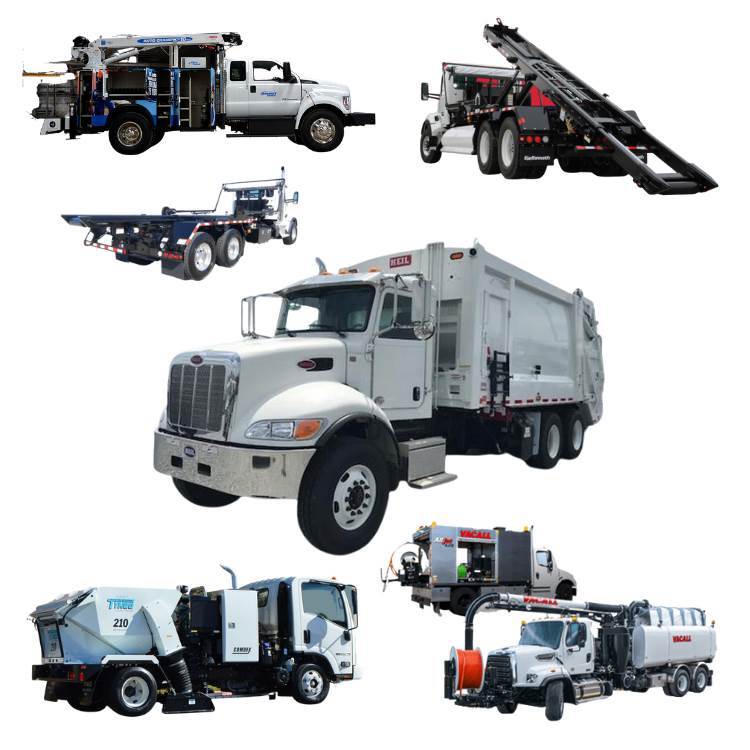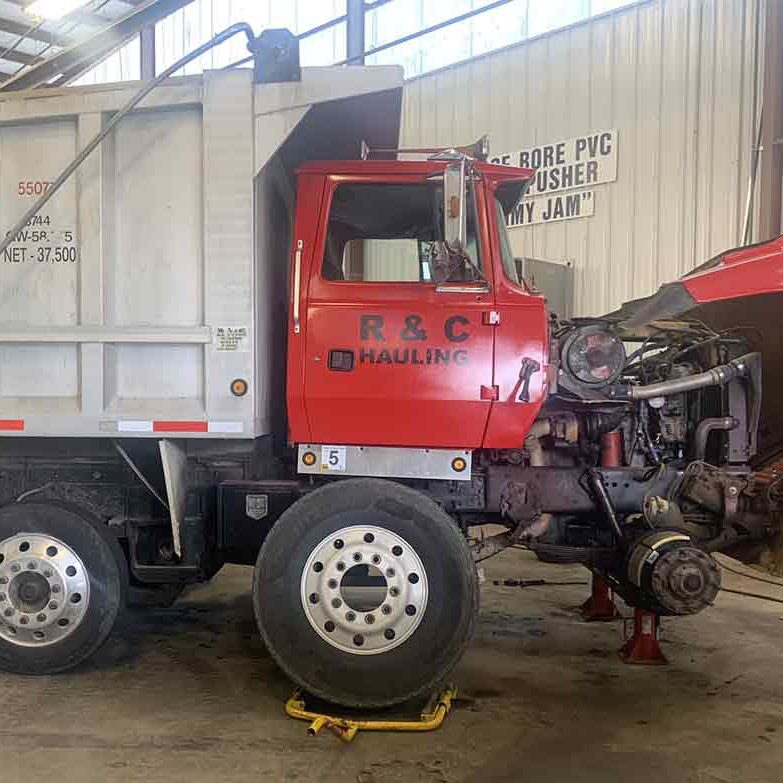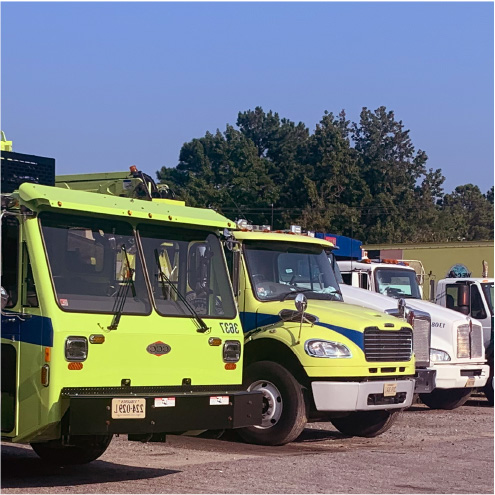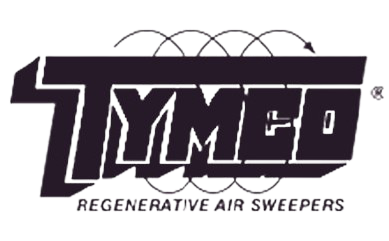As winter descends upon us, heavy equipment waste companies face unique challenges to ensure their fleets remain operational and efficient despite the harsh conditions. Truck winterization is not just a routine maintenance task; it’s a crucial step in safeguarding your equipment and bottom line. In this comprehensive guide, we’ll walk you through the essential steps to winterize your trucks, helping you confidently navigate the chill.










